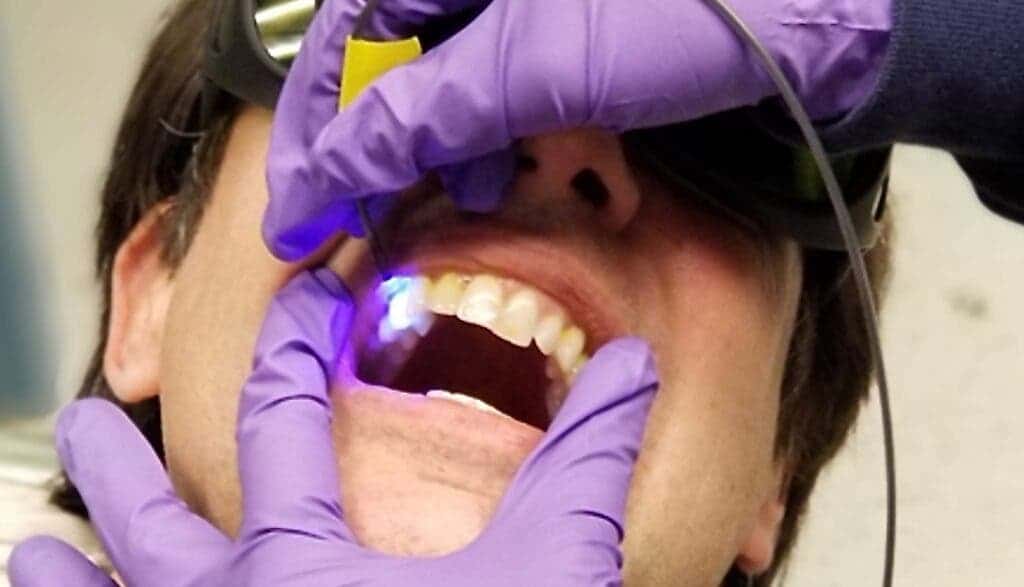The phrase ‘prevention is better than the cure’ is a fundamental principle of modern health, and your oral health should be no different. One of the best ways to prevent cavities is by brushing and flossing correctly. But by now, most people do this and they still end up with some caries eventually. Taking prevention to the next level, scientists at the University of Washington have now developed an optical-based method that can identify the most at-risk teeth by mapping high acidity in the dental plaque that covers the teeth.

Dental plaque is produced by bacteria that live in our mouths as a byproduct as they consume sugars, starches, and other bits of foods that haven’t been properly cleaned from the teeth. If plaque stays on the teeth for more than a few days, it hardens and becomes a substance called tartar. In time, the microorganisms that form on the plaque release acids that wear down the tooth enamel, then the next layer called dentin, before reaching the pulp. When acid attacks the pulp, you’ve officially gotten a new cavity.
But what if we could monitor this acidic activity and stop it before it crosses a point of no return that triggers the cavity formation? That’s exactly what researchers at the University of Washington set out to do. They’ve devised a system, which they call O-pH, that measures the pH levels, or acidity, of the plaque covering each tooth under inspection.
In order to map the acidity of the plaque, a person’s teeth are first covered in a non-toxic, safe chemical dye that reacts with light to produce fluorescent reactions. An optical probe then detects these fluorescent reactions, whose signals can reveal the exact acidity of the underlying dental plaque.
The proof of concept was demonstrated on a small sample of 30 patients, aged 10 to 18. Children and teenagers were selected because their enamel is much thinner than that of adults, which makes detecting any sign of erosion — and consequently a potential cavity — early on very important. The tooth acidity was read before and after sugar rinses, as well as pre- and post-professional dental cleaning.
In the future, this acidity test could be standard practice in dental practices. Eric Seibel, senior author and research professor of mechanical engineering at the University of Washington, says that when a patient comes in for routine teeth cleaning, “a dentist would rinse them with the tasteless fluorescent dye solution and then get their teeth optically scanned to look for high acid production areas where the enamel is getting demineralized.” The dentist and patient can then form a treatment plan to reduce the acidity and avoid costly cavities.
“We do need more results to show how effective it is for diagnosis, but it can definitely help us understand some of your oral health quantitatively,” said Manuja Sharma, lead author and a doctoral student in the UW Department of Electrical and Computer Engineering. “It can also help educate patients about the effects of sugar on the chemistry of plaque. We can show them, live, what happens, and that is an experience they’ll remember and say, OK, fine, I need to cut down on sugar!”
The O-pH system was described in the journal IEEE Xplore.









